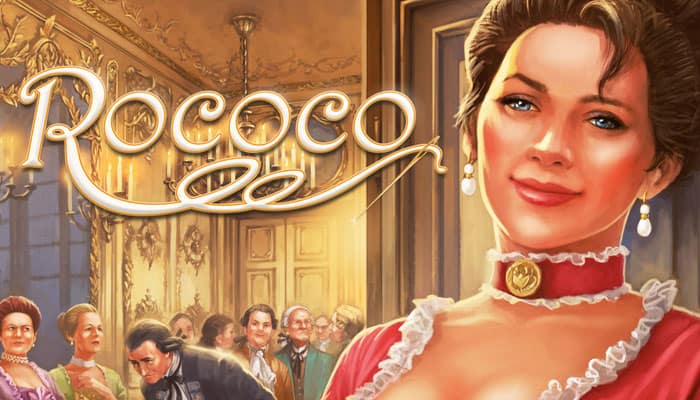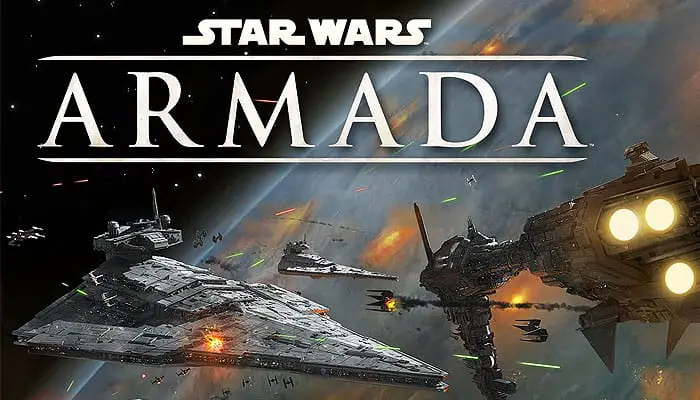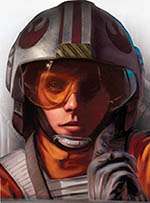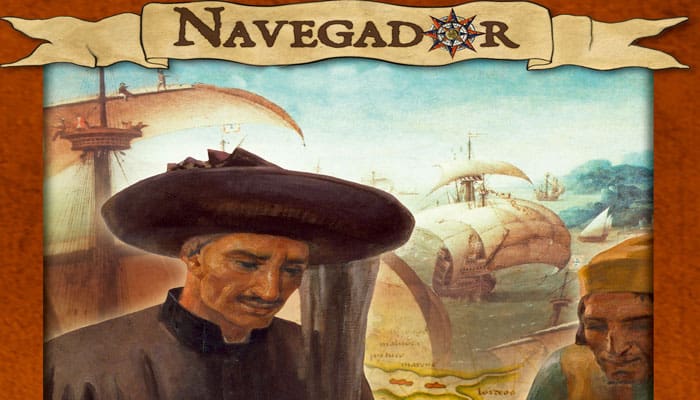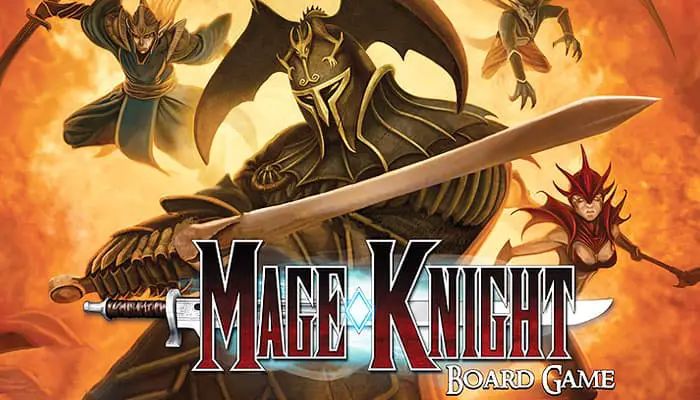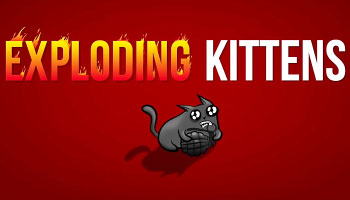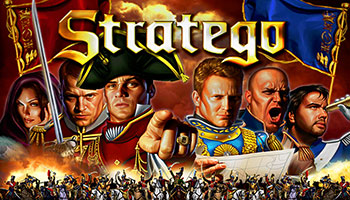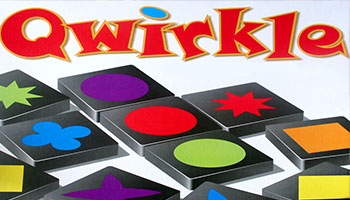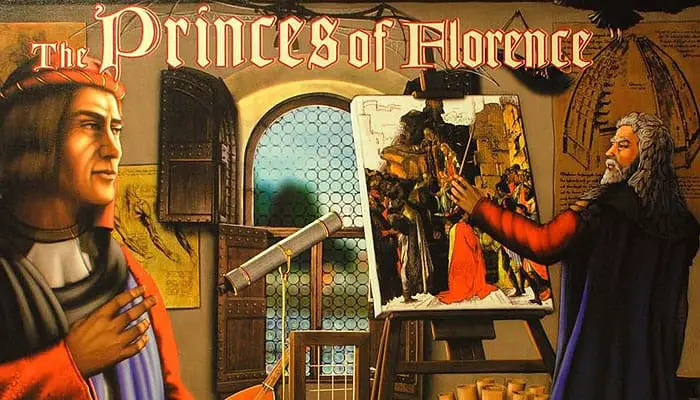
Experience the golden age of the Renaissance. Assume the role of the head of an Italian Aristocratic dynasty and lead your family like the Medici or Borgia. The players support the builders, artists, and scholars so that their completed works will bring their families fame and prestige.
As the patrons of the creators of great works, the players seek to multiply their fame and reputations, but only one will become the most prestigious prince of Florence!
The 3 to 5 players build Buildings, cultivate Landscapes, and invite artists and scholars to their Palazzi over 7 rounds where they provide them with the facilities which inspire such people to produce great Works. All this is done by the players in their Principalities to earn Prestige points (PP), which are recorded on the fame track. …







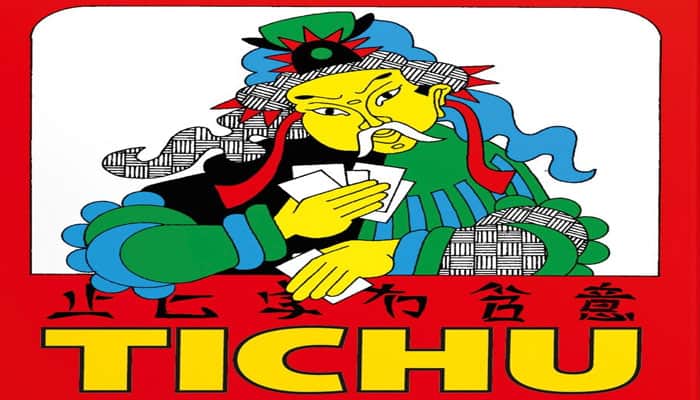

 Jade
Jade Swords
Swords Pagodas
Pagodas Stars
Stars